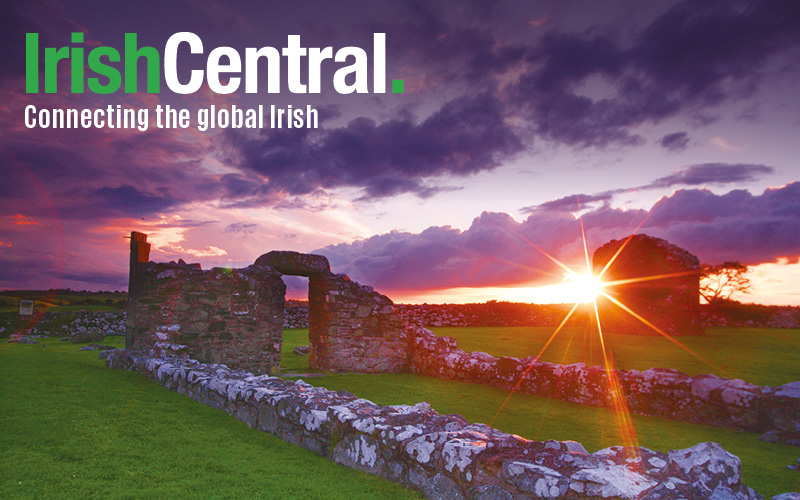Have you heard of the Tailteann Games, the ancient Irish predecessor to the Olympic Games?
Hugely popular in the country up until 1600 BC, an attempt was made to start up the tradition once more in the 1920s. These images are taken from the National Library of Ireland’s collection on the games which still not last past the third attempt to spark them up again.
The date of the founding of the Tailteann Games is the subject of debate, but most modern folklore experts believe the Tailteann Games to have begun around 700 BC.
Read more: Ireland’s original Olympics - the Lughnasa games (VIDEOS)

The opening of the Tailteann Games showing Eamon de Valera. Image: National Library of Ireland.
The Games are sometimes known as the Lughnasa games as they reach their pinnacle on August 1, the festival of Lughnasa in Ireland. (August in Irish is “Lunasa” a more modern spelling of the word.)

Opening of the Tailteann Games. Image: National Library of Ireland.
Running through the July fortnight running up to August 1, the Games may have been the biggest draw for the crowds but they also had two other important functions: honoring the dead and the implementation of new laws.
Read more: Irish Olympian forced to compete for Britain smuggled in an Irish flag

The attendance at the Tailteann Games. Image: National Library of Ireland.
Long jump, high jump, running, hurling, spear throwing, boxing, contests in sword fighting, archery, wrestling, swimming, and chariot and horse racing were all favorites, while the strategists met their competitors in games testing their skills.

Tailteann Games. Image: National Library of Ireland.
Other competitions involved singing, dancing and storytelling, while craftsmen faced off against each other to win the title of best in Ireland.

Hurdles in the Tailteann Games. Image: National Library of Ireland.
Not only were the Games a place for sport, but the massive fair that grew around the commemoration became a place for arranged marriages and a place to find work for the winter.

Irish soccer team vs USA at the Tailteann Games. Image: National Library of Ireland.
The Games were extremely popular between the 6th and 9th century AD, but the declined after the Norman invasion of Ireland in 1169.

Irish vs USA soccer teams at the Tailteann Games. Image: National Library of Ireland.
As Ireland slowly strode towards independence following the implementation of the Anglo-Irish Treaty in 1921, however, the Free-State government felt the resurgence of the Tailteann Games could be a perfect means by which the Irish people could again express their identity, history and culture, and an attempt was made to revive them.

Various teams parading at the Tailteann Games. Image: National Library of Ireland.
Organized by the GAA in Croke Park, Dublin, in 1924, 1928, and 1932, the Games were open to anyone with connections to Ireland, not just Irish people, in the hope that they would one day rival the Olympics.

Ireland vs USA at the Tailteann Games. Image: National Library of Ireland.
With the violence of the Civil War and the tension between Ireland’s new and emerging political parties, however, the revival attempts soon fell by the wayside.

Tailteann Games. Image: National Library of Ireland.
Although some athletic competitions in recent years have taken on the name Tailteann, none rivals the original spectacle.

Tailteann Games. Image: National Library of Ireland.
In the last few years, however, the Games have reemerged as an inter-Gaeltacht competition that sees the different Gaeltacht (Irish-language speaking) communities compete in sport, song, and story.

Tailteann Games. Image: National Library of Ireland.
Would you take part in the modern-day Tailteann Games? Let us know in the comments section below.




Comments